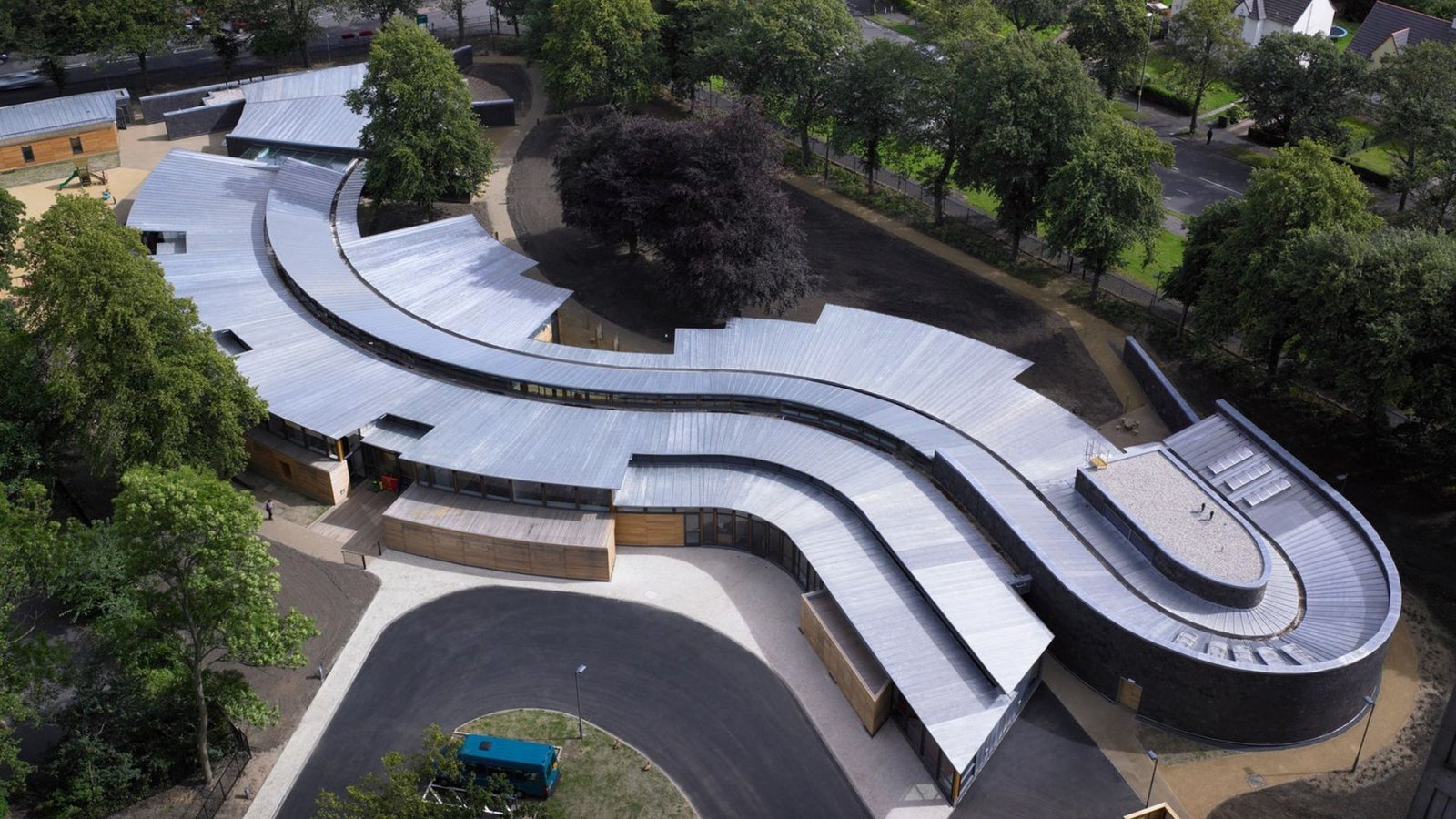Designing Accessible Architecture for All Users
Creating accessible architecture is crucial for ensuring that buildings and spaces are inclusive and usable by everyone, regardless of their abilities. From wheelchair users to those with visual or auditory impairments, designing with accessibility in mind improves mobility, safety, and overall user experience. Here’s how architects can effectively design accessible architecture for all users.
1. Clear Pathways and Circulation Routes
Design wide and unobstructed pathways that accommodate wheelchairs, walkers, and strollers, ensuring smooth navigation throughout the building.

2. Accessible Entrances and Exits
Provide accessible entrances with ramps or lifts, wide doorways, and automatic doors to facilitate entry and exit for individuals with mobility impairments.
3. Elevator Accessibility
Ensure that elevators are spacious, equipped with Braille signage, audible announcements, and reachable controls for individuals with mobility or visual impairments.
4. Universal Design Principles
Apply universal design principles that benefit all users, including adjustable height counters, lever door handles, and tactile flooring indicators for wayfinding.
5. Parking and Drop-Off Zones
Design accessible parking spaces close to building entrances and designated drop-off zones with level access to facilitate easy entry for all users.
6. Restroom Accessibility
Provide accessible restrooms with grab bars, accessible sinks, and sufficient maneuvering space for wheelchairs and caregivers.
7. Visual Contrast and Signage
Use high-contrast colors for signage and visual cues to aid individuals with low vision or color blindness in navigating the space independently.
8. Acoustic Considerations
Control ambient noise levels and echo through acoustic treatments to improve communication for users with hearing impairments.
9. Assistive Technology Integration
Incorporate assistive technologies such as hearing loops, captioning systems, and touch-screen interfaces with adjustable height for enhanced accessibility.
10. Outdoor Accessibility
Ensure accessibility extends to outdoor spaces, including pathways, seating areas, and recreational facilities, promoting inclusivity in all areas of the building.
11. Emergency Evacuation Plans
Develop inclusive emergency evacuation plans and accessible routes for all users, including those with mobility impairments or sensory sensitivities.
12. Ergonomic Furniture and Fixtures
Select ergonomic furniture and fixtures that accommodate diverse needs and preferences, ensuring comfort and usability for all users.
13. Wayfinding and Orientation
Implement clear and intuitive wayfinding systems with accessible maps, tactile signage, and audible directions to aid navigation within the building.
14. Inclusive Design Reviews
Conduct regular inclusive design reviews with stakeholders, accessibility experts, and users to identify barriers and implement necessary improvements.
15. Training for Staff and Users
Provide training for staff on accessibility features and etiquette, empowering them to assist users with diverse needs effectively.
16. Community Engagement
Engage with the community to gather feedback and insights on accessibility needs, fostering a collaborative approach to improving architectural design.
17. Continuous Improvement
Commit to continuous improvement by monitoring accessibility standards, addressing feedback, and adapting designs to evolving accessibility guidelines.
18. Cultural Sensitivity
Consider cultural differences and accessibility requirements unique to diverse communities, ensuring designs are inclusive and respectful of cultural practices.
19. Sustainability and Accessibility
Integrate sustainable practices with accessibility features to promote environmental stewardship and create resilient, inclusive buildings for the future.
20. Collaboration with Accessibility Advocates
Collaborate with accessibility advocates, organizations, and regulatory bodies to stay informed about best practices and legal requirements in accessible design.
Conclusion
Designing accessible architecture isn’t just about compliance; it’s about creating environments that empower all individuals to participate fully in society. By prioritizing inclusive design principles, architects can create spaces that are welcoming, functional, and supportive of diverse abilities. From seamless pathways and ergonomic fixtures to intuitive signage and inclusive community engagement, accessible architecture sets the foundation for a more equitable built environment where everyone can thrive.



